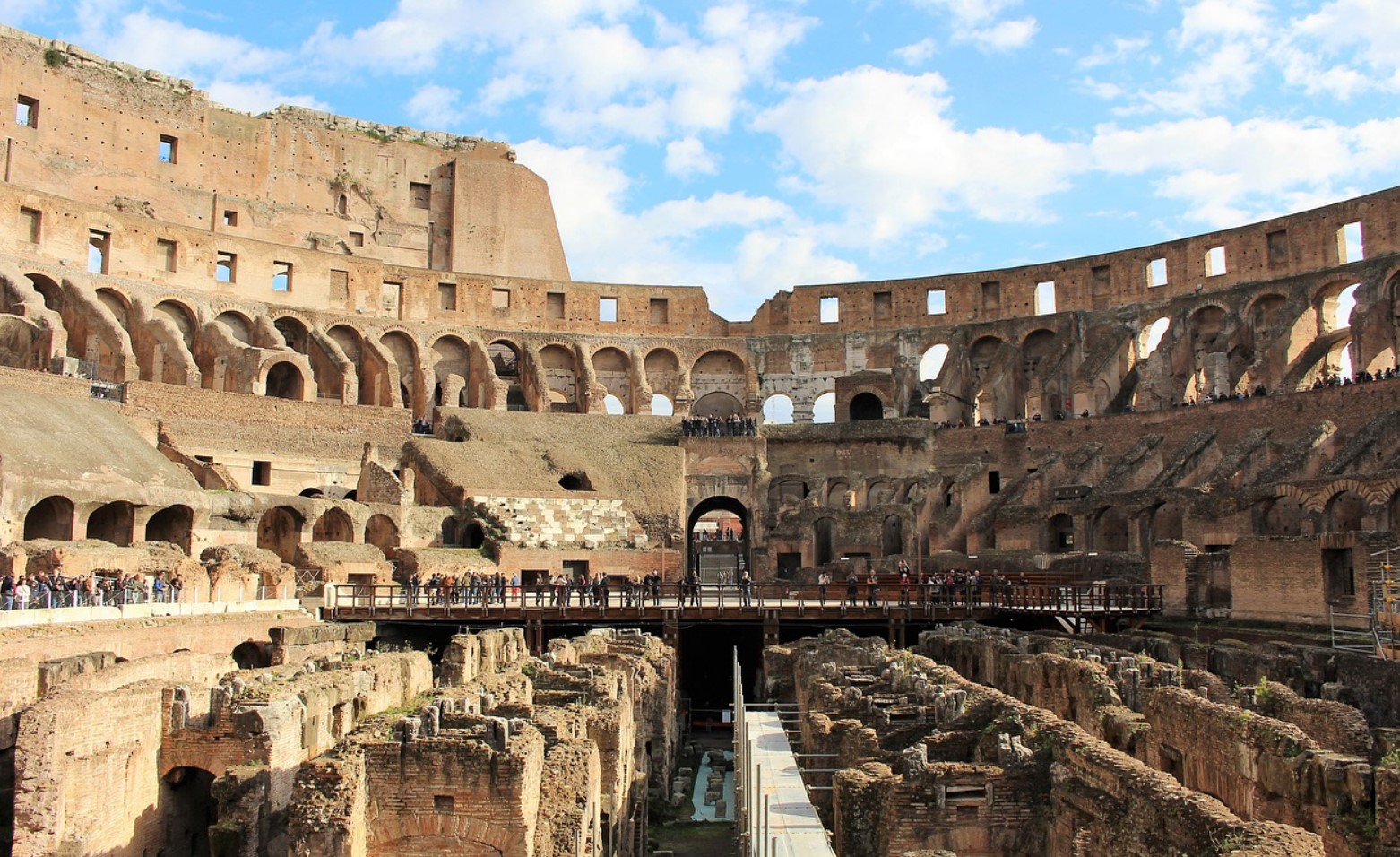 By Doug Casey, International Man
By Doug Casey, International Man
As some of you know, I’m an aficionado of ancient history. I thought it might be worthwhile to discuss what happened to Rome and, based on that, what’s likely to happen to the United States. Spoiler alert: There are some similarities between the U.S. and Rome.
But before continuing, please seat yourself comfortably. This article will necessarily cover exactly those things you’re never supposed to talk about—religion and politics—and do what you’re never supposed to do, namely, bad-mouth the military.
There are good reasons for looking to Rome rather than any other civilization when trying to see where the U.S. is headed. Everyone knows Rome declined, but few people understand why. And, I think, even fewer realize that the U.S. is now well along the same path for pretty much the same reasons, which I’ll explore shortly.
Rome reached its peak of military power around the year 107, when Trajan completed the conquest of Dacia (the territory of modern Romania). With Dacia, the empire peaked in size, but I’d argue it was already past its peak by almost every other measure.
The U.S. reached its peak relative to the world, and in some ways its absolute peak, as early as the 1950s. In 1950 this country produced 50% of the world’s GNP and 80% of its vehicles. Now it’s about 21% of world GNP and 5% of its vehicles. It owned two-thirds of the world’s gold reserves; now it holds one-fourth. It was, by a huge margin, the world’s biggest creditor, whereas now it’s the biggest debtor by a huge margin. The income of the average American was by far the highest in the world; today it ranks about eighth, and it’s slipping.
But it’s not just the U.S.—it’s Western civilization that’s in decline. In 1910 Europe controlled almost the whole world—politically, financially, and militarily. Now it’s becoming a Disneyland with real buildings and a petting zoo for the Chinese. It’s even further down the slippery slope than the U.S.
Like America, Rome was founded by refugees—from Troy, at least in myth. Like America, it was ruled by kings in its early history. Later, Romans became self-governing, with several Assemblies and a Senate. Later still, power devolved to the executive, which was likely not an accident.
U.S. founders modeled the country on Rome, all the way down to the architecture of government buildings, the use of the eagle as the national bird, the use of Latin mottos, and the unfortunate use of the fasces—the axe surrounded by rods—as a symbol of state power. Publius, the pseudonymous author of The Federalist Papers, took his name from one of Rome’s first consuls. As it was in Rome, military prowess is at the center of the national identity of the U.S. When you adopt a model in earnest, you grow to resemble it.
Gold and Silver: Industry-Best Customer Service at Money Metals (Ad)
A considerable cottage industry has developed comparing ancient and modern times since Edward Gibbon published The Decline and Fall of the Roman Empire in 1776—the same year as Adam Smith’s Wealth of Nations and the U.S. Declaration of Independence were written. I’m a big fan of all three, but D&F is not only a great history, it’s very elegant and readable literature. And it’s actually a laugh riot; Gibbon had a subtle wit.
There have been huge advances in our understanding of Rome since Gibbon’s time, driven by archeological discoveries. There were many things he just didn’t know, because he was as much a philologist as an historian, and he based his writing on what the ancients said about themselves.
There was no real science of archeology when Gibbon wrote; little had been done even to correlate the surviving ancient texts with what was on the surviving monuments—even the well-known monuments—and on the coins. Not to mention scientists digging around in the provinces for what was left of Roman villas, battle sites, and that sort of thing. So Gibbon, like most historians, was to a degree a collector of hearsay.
And how could he know whom to believe among the ancient sources? It’s as though William F. Buckley, Gore Vidal, H. L. Mencken, Norman Mailer, and George Carlin all wrote about the same event, and you were left to figure out whose story was true. That would make it tough to tell what really happened just a few years ago… forget about ancient history. That’s why the study of history is so tendentious; so much of it is “he said/she said.”
In any event, perhaps you don’t want a lecture on ancient history. You’d probably be more entertained by some guesses about what’s likely to happen to the U.S. I’ve got some.
Let me start by saying that I’m not sure the collapse of Rome wasn’t a good thing. There were many positive aspects to Rome—as there are to most civilizations. But there was much else to Rome of which I disapprove, such as its anti-commercialism, its militarism and, post-Caesar, its centralized and increasingly totalitarian government. In that light, it’s worth considering whether the collapse of the U.S. might not be a good thing.
So why did Rome fall? In 1985, a German named Demandt assembled 210 reasons. I find some of them silly—like racial degeneration, homosexuality, and excessive freedom. Most are redundant. Some are just common sense—like bankruptcy, loss of moral fiber, and corruption.
Read more here…
Sourced from ZeroHedge
Image: Pixabay
Become a Patron!
Or support us at SubscribeStar
Donate cryptocurrency HERE
Subscribe to Activist Post for truth, peace, and freedom news. Follow us on SoMee, Telegram, HIVE, Flote, Minds, MeWe, Twitter, Gab, What Really Happened and GETTR.
Provide, Protect and Profit from what’s coming! Get a free issue of Counter Markets today.

Be the first to comment on "The Decline And Fall Of The American Empire"